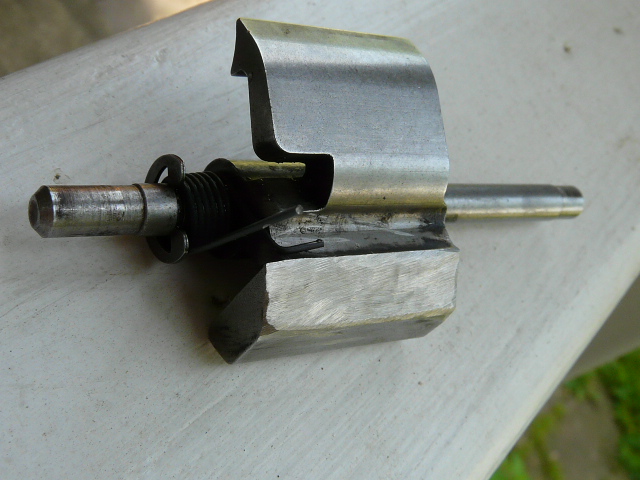sstory0626
New member
- Joined
- Nov 25, 2007
- Location
- North Chicago Burbs
The problem is that of the two locking wedges, one is the side gear and the other side is a glorified washer with a set of wedges on it that are not locked to the case in any way except for the spinning counterweight shaft. As soon as the spinning counterweights are allowed to spin again, the whole locking wedge piece disengages and is allowed to spin relative to the case, completely disabling any lockup.
There was talk of two types of G80--maybe yours (@kildea) is another type that does not unlock at high speed? I'm sure this is the type mine is, as well as anyone else whose diff unlocks above 25mph.
There was talk of two types of G80--maybe yours (@kildea) is another type that does not unlock at high speed? I'm sure this is the type mine is, as well as anyone else whose diff unlocks above 25mph.




